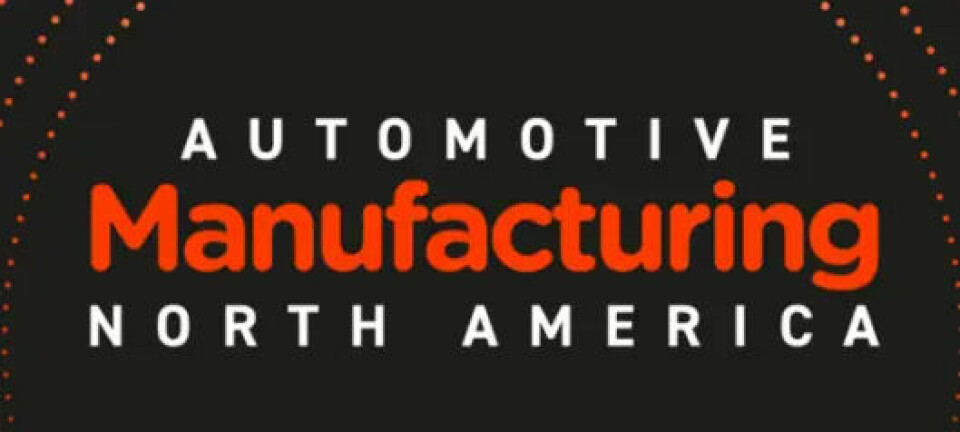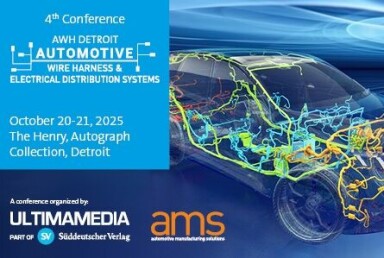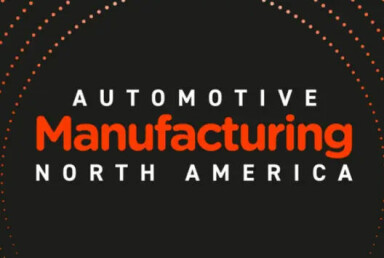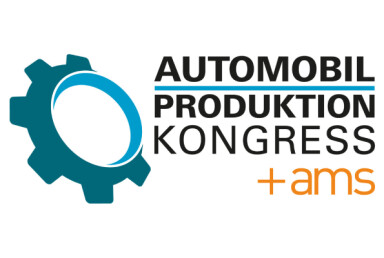Human-Centric Digitalisation
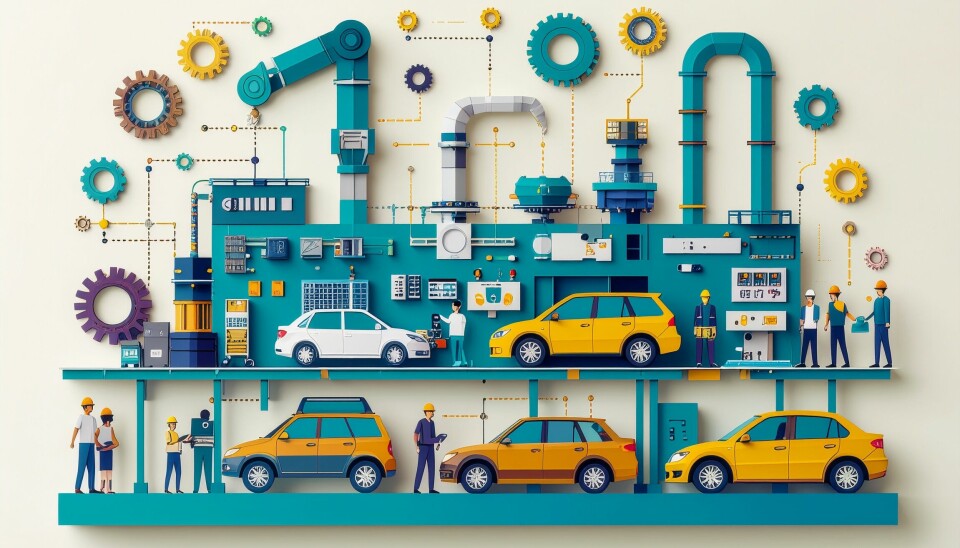
Human-centric digitalisation: Empowering the shopfloor with smarter tools
As automotive manufacturing becomes more automated and data-driven, digitalisation must be designed to empower, not replace, shopfloor workers. With intuitive tools, connected systems and real-time insights, OEMs and suppliers are rethinking how humans and machines interact in production environments.
Our specialised workforce holds deep process knowledge. Automation and AI help, but people remain central, and we re-qualify our teams so we take them with us on the journey
Automotive manufacturers are under pressure to raise productivity, improve quality and reduce costs, while adapting to electrification, lightweighting and increased customisation. In this context, digital transformation has become an operational necessity on the shopfloor. But digitalisation is not about removing the human element; it is about designing with it.

The current wave of vehicle factory innovation focuses on human-centric digitalisation: intuitive systems, ergonomic interfaces and workflows that enhance the ability of people to make better, faster decisions on the line.
"Automotive manufacturers can embed workforce transition strategies into their automation roadmaps from the outset by adopting a human-centric design philosophy, says Dijam Panigrahi, COO and co-founder of smart technology company, GridRaster. "This means viewing automation as a means to enhance human potential from the start. It involves creating intuitive user interfaces, integrating collaborative robots, and utilising virtual training environments from the planning stages.
"This proactive approach ensures that employee reskilling and upskilling are integral to the automation deployment, leading to smoother adoption and a more adaptable workforce."
And the change is already underway. From AI-enabled inspection to connected metrology platforms and digital work instructions, automotive factories are adopting systems designed not to replace people but to support them in higher-value, insight-driven roles.
Sven Müller, project manager for Edge Cloud 4 Production at Audi, underlines this principle. “Our specialised workforce holds deep process knowledge. Automation and AI help, but people remain central, and we re-qualify our teams so we take them with us on the journey.”
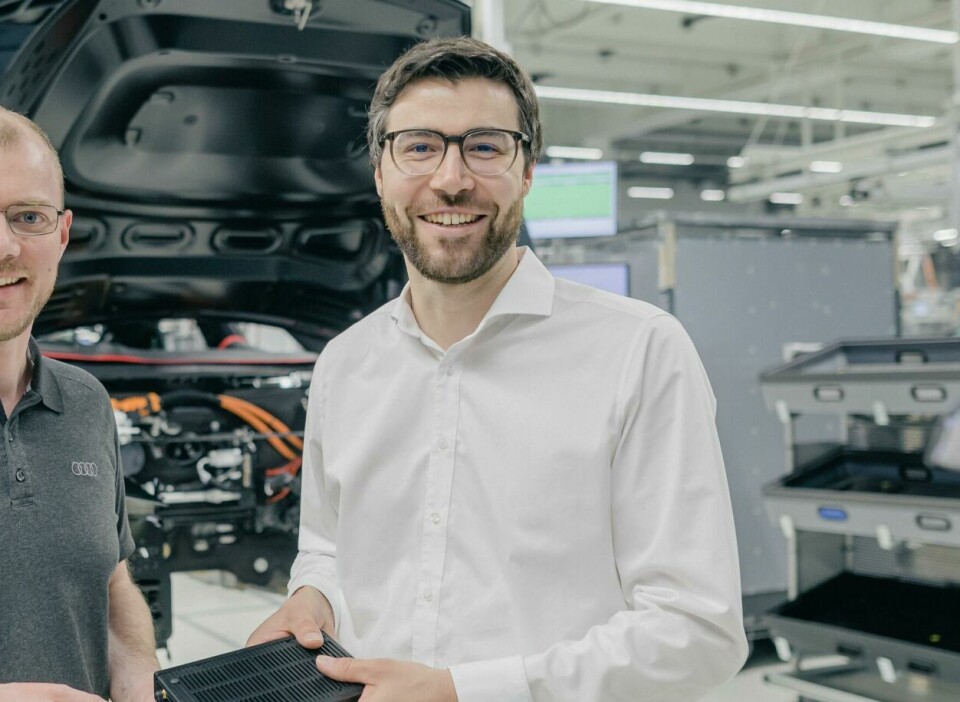
ISA’s Ryan Treece says that the main barrier has shifted, however. “There is a temporary skills gap,” he points out. “You now need process knowledge and the ability to deploy and troubleshoot code—especially when AI generates bad code. The skillset is growing, but people are the constraint more than technology.”
From siloed systems to connected intelligence
One of the major barriers to human-centric transformation is the persistence of siloed operations, where planning, quality, logistics and production run on separate systems, limiting visibility and responsiveness. For many vehicle manufacturers, especially those with legacy infrastructure, the first step is not about replacing everything, but creating data interoperability.
This means building connections between systems, synchronising insights, and enabling closed-loop feedback from design through to production. Take quality management as an example; when inspection systems are connected to process data, out-of-spec issues can be flagged in real time, reducing rework and scrap.

Across the industry, there is growing demand for vendor-neutral solutions that enable this interoperability, especially across globally distributed production networks.
OEMs like Toyota and BMW have spoken about their push for standardised data architectures that enable local flexibility, remote collaboration and scalable process improvement. As Jean-Christophe Deville, VP supply chain at Toyota Motor Europe, noted: “Digitalisation is not just about adopting tools, it’s about making operations more transparent, more responsive, and more people-friendly.”
Müller explains Audi’s structural approach to interoperability. “Edge Cloud 4 Production consolidates thousands of decentralised industrial PCs into a private production cloud,” he says. “For workers, the screen is the same; we change the infrastructure behind it to deploy, update and maintain software far faster.”
“Dedicated IIoT teams are now common,” adds Treece. “New equipment ships with MQTT and OPC UA enabled out of the box, so it is easier to move, compute and share data across IT and OT.”
Digital twins beyond the factory floor
The growing use of digital twins is extending the value of digitalisation far beyond machine monitoring. In electrification, for instance, manufacturers are using digital twins to simulate battery pack assembly, optimise joining techniques, and validate processes for thermally sensitive materials. Such approaches have the advantage of allowing OEMs to reduce time to start of production (SOP), and mitigate costly physical prototyping.
On a UK OEM project we ran more than 100 simulation scenarios and reduced investment by over €5 million ($5.9 million) by validating one-piece flow. In another case we ran 75 million scenarios in a week and a half to produce a roadmap of improvements with the greatest impact and lowest cost.
At Ford’s Dearborn campus, digital twins are also being applied to energy systems and logistics flows, giving teams real-time views of energy demand, route bottlenecks and material availability. Ford is applying digital twin concepts to inbound material flows, integrating real-time location services into transport and yard management, with a growing emphasis on data management in logistics, according to Becca Adam, the carmaker's product line manager for material and vehicle logistics IT.
Importantly, digital twins are increasingly being designed with user accessibility in mind, providing operators with AR overlays, real-time dashboards and intuitive interfaces that connect the virtual model to their physical workspace.

Gestamp’s Jorge Vázquez Cancela gave concrete results: “On a UK OEM project we ran more than 100 simulation scenarios and reduced investment by over €5 million ($5.9 million) by validating one-piece flow.
“In another case we ran 75 million scenarios in a week and a half to produce a roadmap of improvements with the greatest impact and lowest cost.” Müller pointed to logistics data as a live feed for twins: “AMRs move around production constantly. With their sensors and cameras, they can keep the digital twin current, supporting planning and optimisation.”
Enabling the workforce: Skills, interfaces and insight
As automation increases, the role of the operator is shifting, from manual execution to data-informed decision-making. But for this shift to succeed, digital tools must be designed around real human needs and behaviours. This principle is reflected in the growing use of guided workflows, simplified inspection routines and augmented reality (AR) interfaces that enable frontline workers to conduct complex quality checks or maintenance tasks with minimal technical background.
OEMs are investing heavily in upskilling. Modular training, digital onboarding and performance-based support tools are being integrated directly into production systems. This is critical as factories begin producing new powertrain architectures or managing mixed-model lines with high variation.
At Toyota, Deville points to digitalisation as a tool for both performance and inclusion: “By making digital tools more user-friendly, we’re enabling more of our team members to participate in problem-solving and continuous improvement.” Collaborative automation is also becoming more common.
Cobots are now being deployed for tasks such as fastener placement, inspection and machine tending—working alongside humans with intuitive safety systems and adaptive behaviour. The goal is not to deskill production, but to elevate it—turning the operator into an active agent in quality, efficiency and innovation.
Treece describes a practical leap in accessibility, saying, “Model Context Protocol (MCP) gives operators a ChatGPT-like interface to ask, ‘Why did the last 10 parts fail?’ - and get instant insight without flipping through HMI screens.”
He also cites the example of training aids. “Pairing machine vision with projectors or LED guides creates skilled workstations so stand-ins can perform complex steps with confidence, reducing frustration and improving results.” Müller notes Audi’s co-design approach to workforce enablement, pointing to the importance of intuitive interfaces for optimal production ecosystems. “We build demos and mock-ups early, gather feedback on which buttons operators actually use, and iterate so the software truly fits production,” he says.
Building for flexibility and resilience
With production networks facing ongoing pressure from supply disruption to energy volatility, flexibility is becoming a core design principle in manufacturing systems. Digitalisation plays a key role here, not only in enabling modular automation, but also in allowing human teams to react and adapt more quickly. Whether it is reconfiguring a line for a new model or responding to a logistics delay, frontline agility is a major differentiator.
When operators can reroute a workflow, reprogram a cobot or identify a process fault through an AR overlay, without IT intervention, the system becomes more resilient. However, flexibility is not just a software challenge: it is a people challenge. Cross-functional collaboration, responsive leadership and an openness to experimentation are essential.
This speaks to the growing recognition that technical innovation and cultural maturity must evolve together. Successful digitalisation strategies are now judged not only on efficiency gains, but on how well they support empowered, adaptive teams.
Müller stresses the speed advantage of software-defined infrastructure, saying, “during Covid it took months or years to change hardware. Now we can deploy production software in minutes or hours.” Vázquez Cancela describes Gestamp’s foundation for resilience and flexibility, noting, “we created an IoT connection standard and our own platform. With standardisation across 24 countries and 115 plants, we run real-time analytics and start building AI models to predict equipment tendencies.”
Model Context Protocol (MCP) gives operators a ChatGPT-like interface to ask, ‘Why did the last 10 parts fail?’ - and get instant insight without flipping through HMI screens
On the importance of security, Müller adds, “we replaced thousands of vulnerable PCs and introduced micro-segmentation with full observability from platform to application for significantly stronger shopfloor cybersecurity.”
The automotive industry is entering a new era of smart, connected and highly automated production. But the most successful factories will not be those with the most robots or the most data; they will be those that are most human-centric.
When digitalisation is designed to empower operators, not displace them—when systems are intuitive, interoperable and insight-driven—production becomes not only more efficient, but more resilient, inclusive and innovative. Whether through collaborative robots, digital twins or simplified inspection systems, the principle is clear: the future of manufacturing lies in systems where humans and machines perform better together.
True transformation happens when the shopfloor becomes a space for empowerment, not just execution. That’s when digitalisation really delivers value. Müller’s verdict is succinct: “People remain central; technology’s job is to amplify their impact.”


